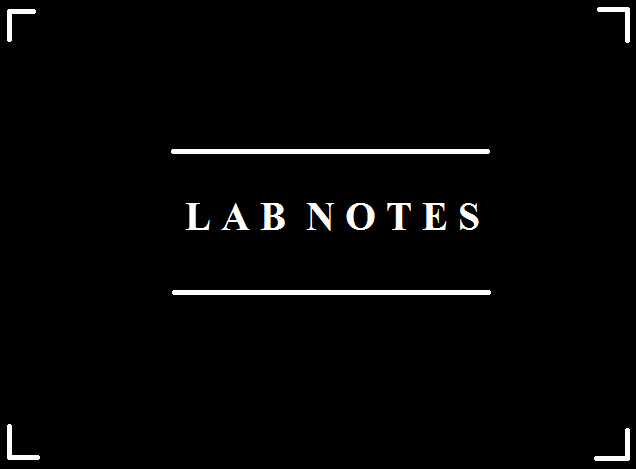When we were assigned to a task like streamlining whole BRAC’s data collection system, it seemed overwhelming and daunting. However nothing seems possible until it’s done. So we did it!
How we initially thought:
In November 2015, BRAC decided to review its information collection mechanism. Our primary objective was to streamline BRAC’s data with the strategic objectives.
In the beginning however our thoughts were not really on track!
Finding Tom:
We realised we needed a third eye view to the matter and hence the search for an external consultant had begun.
Finding Tom was very challenging. We had a pool of suggestions of possible experts of the field. Thanks to BRAC Uganda, Tom was finally traced, contacted and convinced to get involved.
Tom is a researcher, evaluator, author/editor, social / community development specialist, medical anthropologist, and physician. He has earnt his name in Uganda, and has published many papers on health and development. He worked in Creative Research and Evaluation Centre (CRC) as a consultant from 1995 to 2010 with Care Denmark, Care USA, Care Norway and Care Uganda.
Starting Off:Phase I
Tom was supposed to work with one project of HNPP (Reproductive, Maternal, Newborn, Child and Adolescent Health: RMNACH) and one part of BRAC’s several enterprises, Aarong. The working sessions were done with both the groups in alternative days, so that they can use the off days for homework.
HNPP is one of the biggest programmes of BRAC with projects so huge that each can be turned into a programme. So the plan was to work on one project (RMCAH) only and then replicate the process with the whole programme. Initially they started with a big group of at least 20 people and then narrowed it down to 5 persons. Narrowing down was helpful for quick decision making and finishing on time.
As a successful business, a trendsetter in the region, Aarong already had a well structured monitoring and reporting system. But it has its own social welfare approach in business, which makes Aarong beyond a profit making enterprise. This exercise helped us capture the footprint of social change that Aarong creates in Bangladesh by developing not only thousands of Artisan’s lives, but also promoting tradition & heritage of Bangladesh.
After developing the framework for both of them, a debrief session was held with all the BRAC directors. Everyone was pretty impressed and wanted a measurement tool like that for their own programme as well. Tom came back on February 2016 for Phase II. This time he would work with new2 of the all BRAC programmes.
Going Forward:Phase II
BRAC Education Progamme(BEP) was pretty busy at that time with some of their programmes with GoBand having another consultant working on their social enterprise model. Still they spent a lot of time doing the working sessions.
BRAC Targeting Ultra Poor (TUP) programme had been a very dedicated. Despite their tons of workload, their hard work on the framework was clearly visible. They not only brainstormed late in the office, but also brought up the exercise to field visits, where they worked altogether.
TUP’s M&E framework is different from the rest since their meticulous work on measuring indicators of the Goal statement in the framework TUP indeed faced some complex questions on the indicators for the framework that, as it appears now, could benefit more from the involvement of BRAC Research and Evaluation Division.
The Deep Dive: Phase III
Before Tom came back for phase III, the most difficult exercise was done under the leadership of Social Innovation Lab (SIL). Ten ‘Star’ members were chosen for working with 12 programme’s framework and help them replicate the best processes of the last two phases.
Together wit Tom, SIL hosted training of trainer’s (TOT) session where it was taught how to replicate the framework and the opportunities along with challenges of the job. After the inspiring TOT session, those 10 star persons worked with 12 programmes with a strict schedule and helped the programmes build their own framework.
Followed by Tom’s review, we sat with the programmes again to revise the frameworks. One of Tom’s biggest feedbacks was, mixing up between output and outcome indicators.
For instance, not ‘how many of toilets were installed’ will give you the impact, but ‘how many people changed their behavior to use the toilet’ was the issue that we needed to aim for.
Then Tom came back in April, 2016 and sat with each programmes for a day and revised the frameworks.
Though as a young team it was tremendously a challenging project for SIL, with the amazing leadership of Maria May, we could finish this gigantic task successfully on time.
What we learnt:
-Once the benefits of an M&E structure was visible to the programmes, they showed more interest in working for it.
-The programmes which were able to involve their senior management had a better framework because of in depth engagement.
-Instead of focusing on multiple programmes or an entire programme at the same time, it is better to cover project by project and capture the different aspects in depth.
-Google Drive and doodle were lifesavers when it came to communicating with so many people at the same time!
